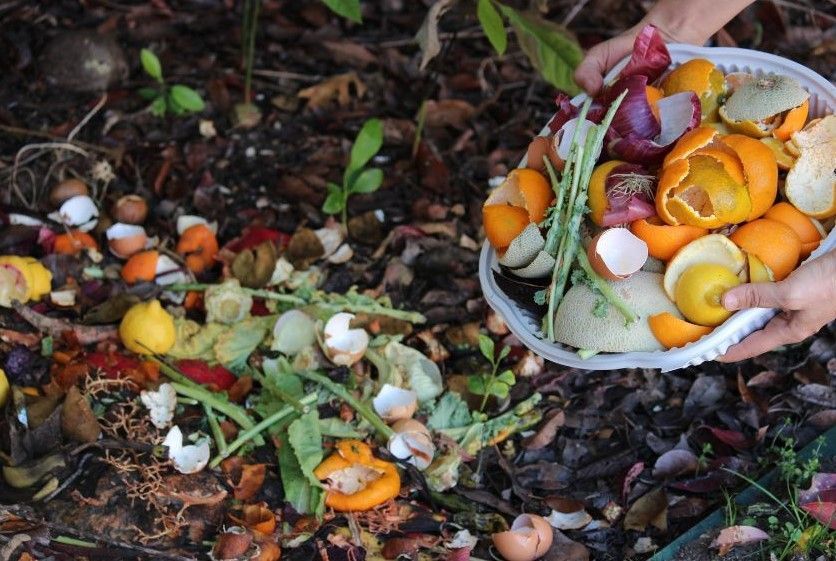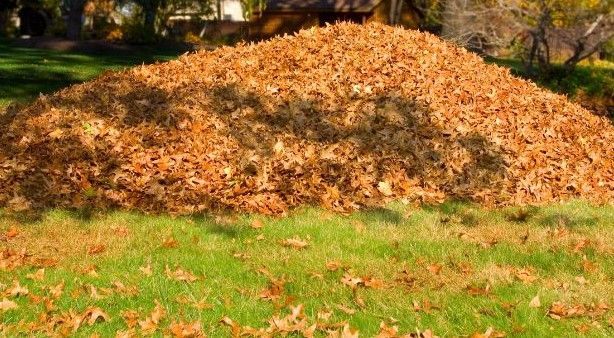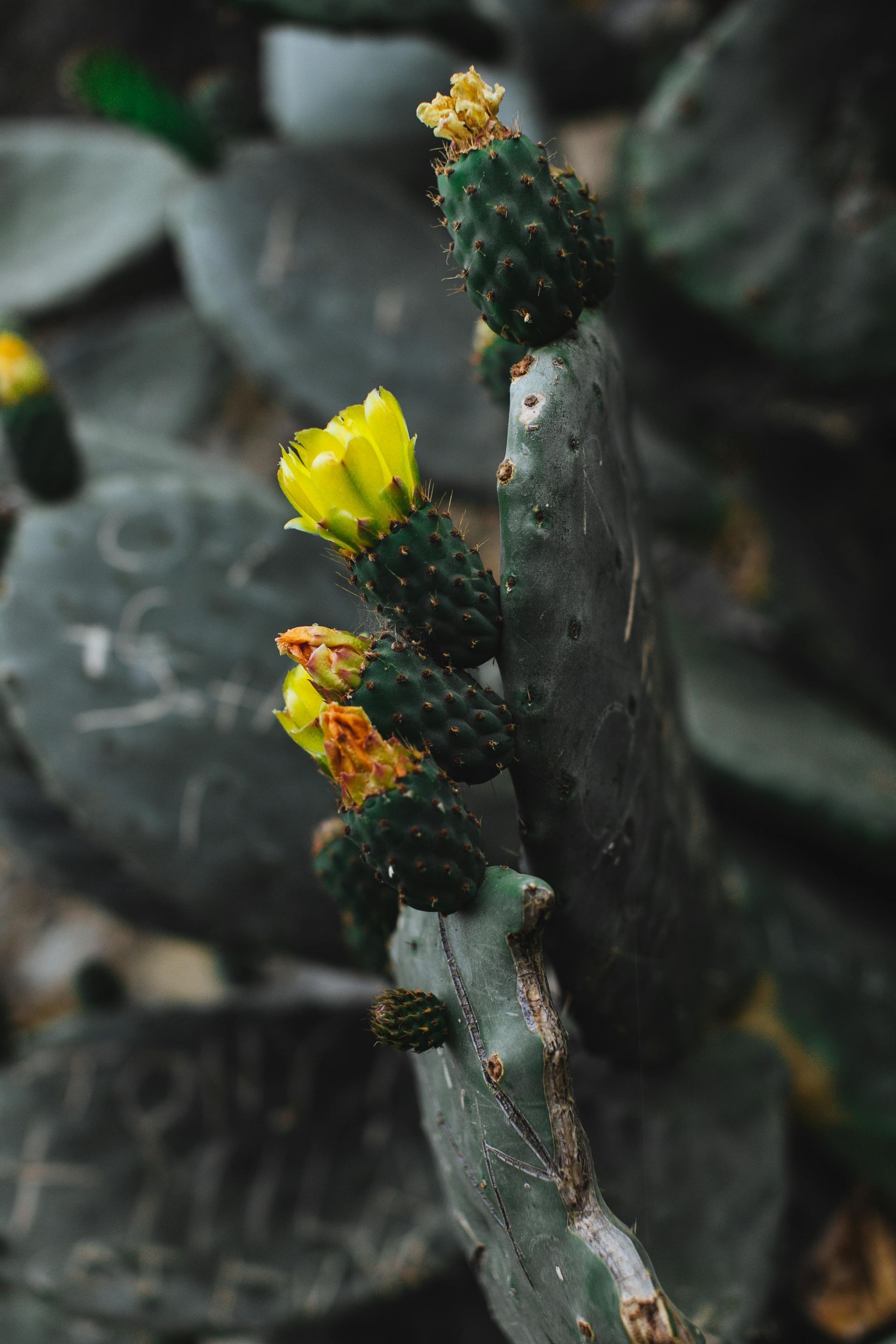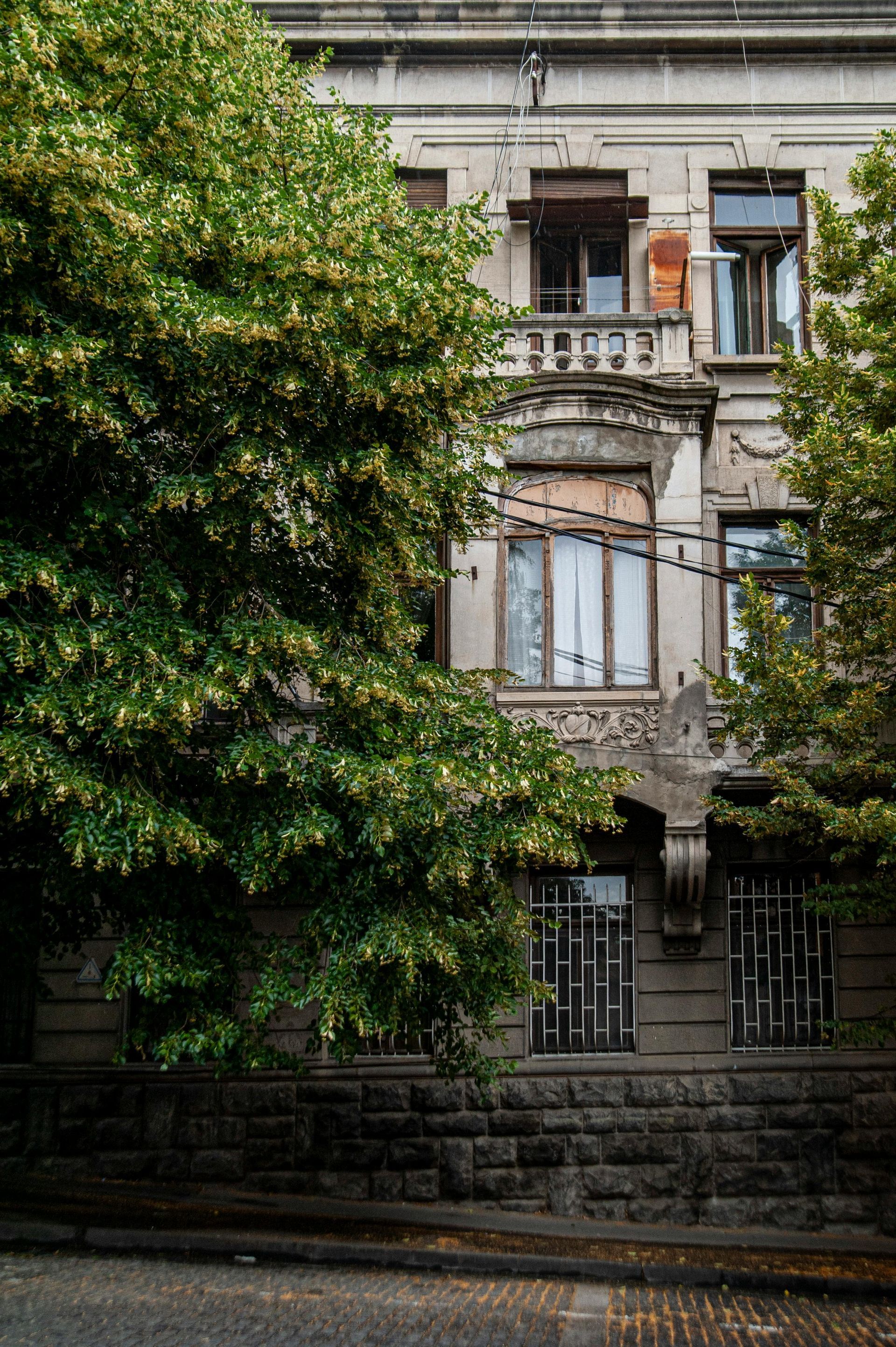What To Do With Fall Leaves
Fall is just around the corner, and with it comes cooler temperatures, shorter days, and plenty of yard work, but what should you do when damp, musty piles of leaves accumulate?
Although, the temptation to bag and dispose of leaves is hard to resist, consider that according to the Environmental Protection Agency, leaves and yard debris create about 34.7 million tons of waste in landfills per year – that is 13.3% of all solid waste in the United States!
As it decomposes in landfills, yard waste can release methane gas into the air, as well as leach acidic properties into the ground, polluting our soil and water.
Many communities used to burn leaves, but most cities have banned leaf burning due to the risks of fire and air pollution.
So, when the leaves are falling in abundance, what can you do with all of them? Besides getting the leaf blower and rake involved, you can actually use a lot of these fall leaves in your garden and around your home. Let’s jump into this pile of creative fall leaf ideas!
Build soil in your lasagna garden
Those fall leaves could form an essential part of your lasagna garden: a garden where you’re trying to build soil, not grow plants. Lasagna gardening is a no digging or tilling organic gardening method that results in rich, fluffy soil.
There are three layers to the lasagna garden. The base layer consists of newspapers, cardboard, and leaf waste bags. The green layer is food scraps (avoid meat, fats, and oils), grass clippings, weeds and other green matter, coffee grounds, and manure or barn litter (a mixture of manure and straw). It is advised that you only use manure only from cows, horses, goats, and chickens. The brown layer is fallen leaves, straw, shredded newspapers, and wood chips.
The fall season is the ideal time to begin your initial setup. To do this:
- Determine your location for the garden, you want a minimum of six hours of sun a day. Crops like tomatoes will need six to eight hours per day.
- Decide the size of the bed. Keeping them four feet wide, you can easily reach the center from either side.
- Water the garden area thoroughly, if too dry, the bottom layer will not decompose properly.
- Lay down your base layer. It may require repeated soakings.
- Add a green layer, about two to four inches thick.
- Add a brown layer, this should be about four to six inches thick.
- Add a second green layer, then a second brown layer. You can either stop here or keep alternating green and brown layers. Keep building your bed until it is as high as you want it.
You’ll have a thriving soil ecosystem come the spring. The benefits to lasagna gardening include it can be done in poor soil, it increases your local earthworm population, materials are often free, it needs less watering than traditional gardening, and it provides easy access by raising garden beds.
Improve the quality of your soil
Till directly into the soil
You can increase the organic matter in your soil by tilling two to six inches of shredded leaves into the soil in the fall. You will need to allow leaves to fully decompose before planting the bed. For leaves to decompose, the soil needs to be moist and warm. Add a small amount of manure or compost to help leaves decompose in soil that lacks adequate microbial life. Next spring, your soil will be full of earthworms and other beneficial organisms.
Create a compost pile
If you are not already composting, now is a good time to start. Up to 80% of a tree’s nutrients and minerals end up in its leaves. By composting leaves, you have a perfect way of getting these nutrients and minerals back into your soil.
Leaves provide a high carbon source or “browns” for your compost. The carbon/nitrogen ratio of leaves is usually 30, often around 50. They are low in nitrogen which is often hard to find in other sources of composting material.
You know that come fall you are almost buried in leaves. Take advantage of this free source for your garden. If you don’t have trees and you want to compost, ask a neighbor, most people would be happy to pass along some bags of leaves.
Three different ways to compost leaves
- Cold Composting Pile
- Hot Composting Pile
- Worm Composting Bin

Mulch your leaves
Even though leaving your leaves has its benefits, the fact of the matter is that large leaves, such as those from oak and sycamore trees, create too much leaf litter to break down naturally. In this case, a useful compromise between leaving and removing your leaves is mulching them. It is recommended using a mulching lawnmower with a blade 3 inches high and mowing once a week while the leaves are falling. This will break down the leaves into smaller pieces over the winter, providing your soil with nutrients. Older mowers can be converted to mulchers by installing a mulching blade.
You can leave leaf litter to feed worms, fungi, and soil bacteria. Just don’t leave thick layers of matted leaves on your lawn, as this blocks oxygen to the soil and invites disease.
Make Leaf Mold
A sustainable option for raked leaves is to brew up some leaf mold. It sounds disgusting, but leaf mold is a natural and cost-free organic mulch that can greatly benefit your soil. To make leaf mold, set dry leaves aside in a wood or wire bin, or simply store them in plastic garbage bags outside. Keep leaves in your bin or bag moist by adding water when you accumulate new leaves, and then again, every month or two or as your leaves dry out. Leaf mold can take a year or two to finish, but once it does, you can add it to flower beds and gardens as organic, cost-free mulch. If you shred your leaves, they will decompose quicker. Leaf mold is high in calcium and magnesium.
Prep beds for next year
You can also use shredded leaves to prep some of your planting beds for next season. Take some of your leaves and mix them in with the current soil. Try and turn the ground over a few times, and it will help to incorporate the leaves. As the leaves breakdown, they feed earthworms and beneficial microbes. They also lighten heavy soil and help sandy soils retain moisture. You may also add some slow-release nitrogen fertilizers to ensure that soil microbes don’t use all the available nitrogen.
Pile fallen leaves over a section of yard to smother it for planting the following year. A foot-deep layer of leaves should be sufficient to kill a fescue lawn. With enough warmth, moisture, and soil life, your leaves might mostly decompose over the first winter or it can take up to a year for the lawn to turn to rich worm-filled topsoil.
Insulate around plants
While you know that you can use leaves to insulate ground plants, you can also use them to insulate the entire plant. If you have a tender plant that needs a blanket for the winter months, build a cage around the plant, add leaves, and let them help your plants through the winter. This is a particularly good technique in climates that are cold but not wet, so damp leaves will not lead to rot on your plants.
If the leaves are one to two inches deep, leave them where they have fallen around perennials, trees, and shrubs. Put a two-inch layer over the rest of the planted area. Larger or coarse leaves will act as a mulch, suppressing seedling germination, retaining soil moisture, and minimizing erosion.
Vegetable Garden Paths
In the winter and early spring, your vegetable garden paths are bound to be muddy and difficult to get through. You can prepare for this in the fall by placing leaves down the paths of your garden and setting yourself up for a much less muddy spring.
A few tips when collecting leaves
- Avoid trees that have been treated with pesticides
- If using leaves in your vegetable garden, avoid collecting leaves with dog feces
- Avoid collecting walnut leaves, they contain juglone, a compound that can damage or kill many plants
Leaves for wildlife
Leaves aren’t just about being useful to us as humans. Fallen leaves also provide wildlife, especially pollinators, with some winter cover. Bees, moths, butterflies, snails, spiders, and dozens of bugs and pollinators overwinter in dead plant material for protection from cold weather and predators.
Have Fun
Are you looking for a project for your kids or grandkids? Making a scarecrow not only scares away the birds from your fall garden – it’s an engaging weekend project for the kids. Use old clothes and stuff them with some dry leaves, then put your scarecrow on a pole in the garden or make a set of scarecrows for your front porch for Halloween.
Letting a leaf dry out between the pages of a book can be a fun craft for kids and adults. When the leaves are dry, you can frame them as prints around your home. Saving a leaf from a particular tree or special place can be a great keepsake or gift.
While this is a temporary use for your leaves, it’s probably the most fun. Rake up your leaves in piles and enjoy jumping into them with the kids!

Community Recycling
If you are not a gardener or do much yard work, you could consider offering your bagged leaves to neighbors who use mulch and compost. Often local county or townships will have a place you can take your leaves to get rid of them.
References
Images - Canva
Fall Leaf Cleanup Tips and What To Do With Raked Leaves | HGTV
What to do with all those leaves | Community & Lifestyle | Illinois Times
Top 10 Things to Do With Fall Leaves (harryhelmet.com)
8 Great Ways to Use Fall Leaves in the Garden | The Old Farmer's Almanac
A Guide to Learning the Lasagna Gardening Technique (backyardville.com)
3 Ways That Leaves Can Help Improve Your Soil (abundantminigardens.com)

Sign up for monthly newsletters!
Get our latest articles, delivered right to your inbox. No spam, ever.
Contact Us
Check out the latest...







